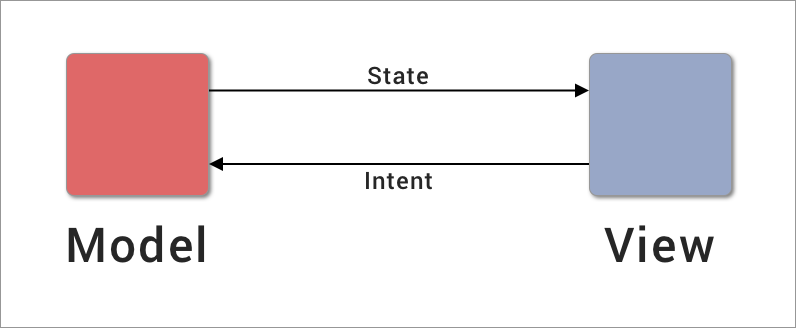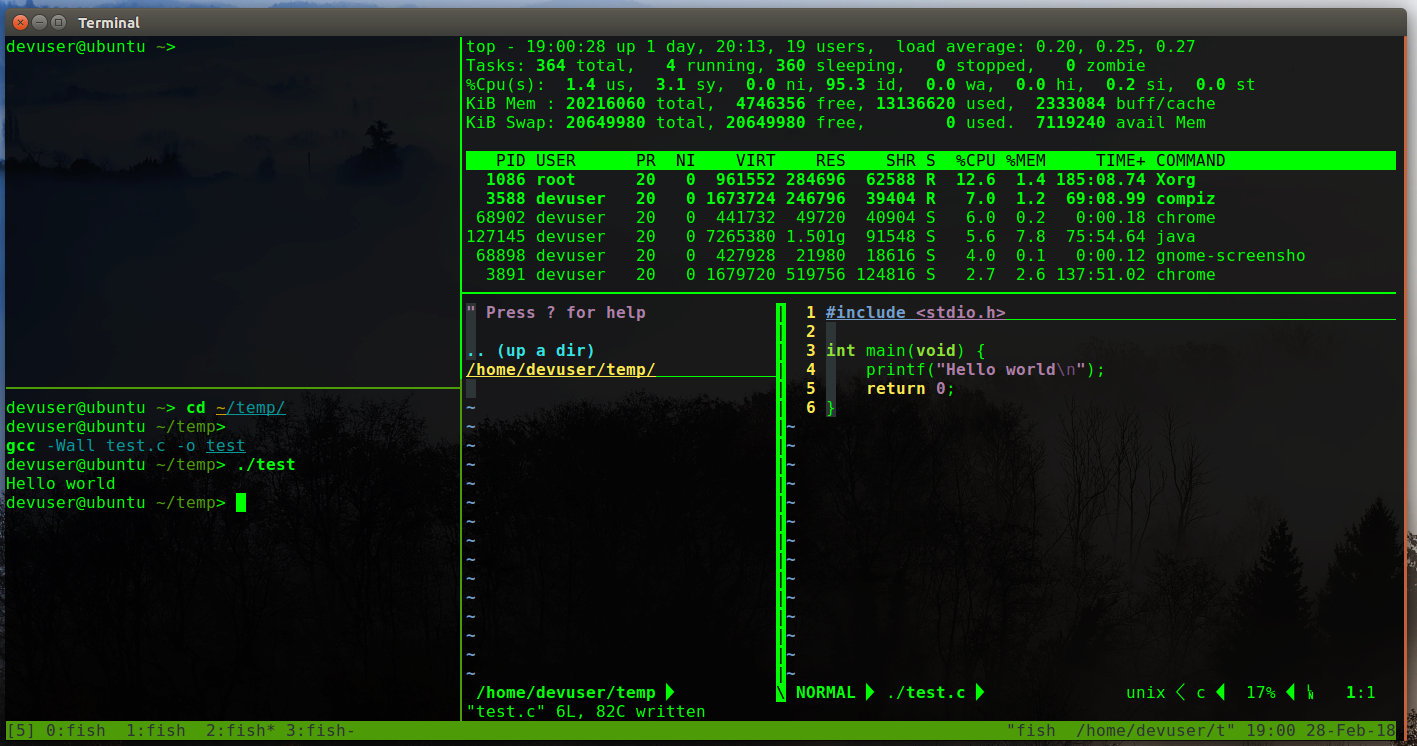The Awakening When Kotlin was announced as a first class Android language at Google I/O in 2017, I like many Android developers, was skeptical. As an ardent user of Jetbrains products for a number of years now I haven't been oblivious to Kotlin, but I've only recently begun to take Kotlin seriously. In fact, after developing CoinWatch in Kotlin, I don't know that I'm going to start another Android project in Java (willingly) ever again.
[Read More]








